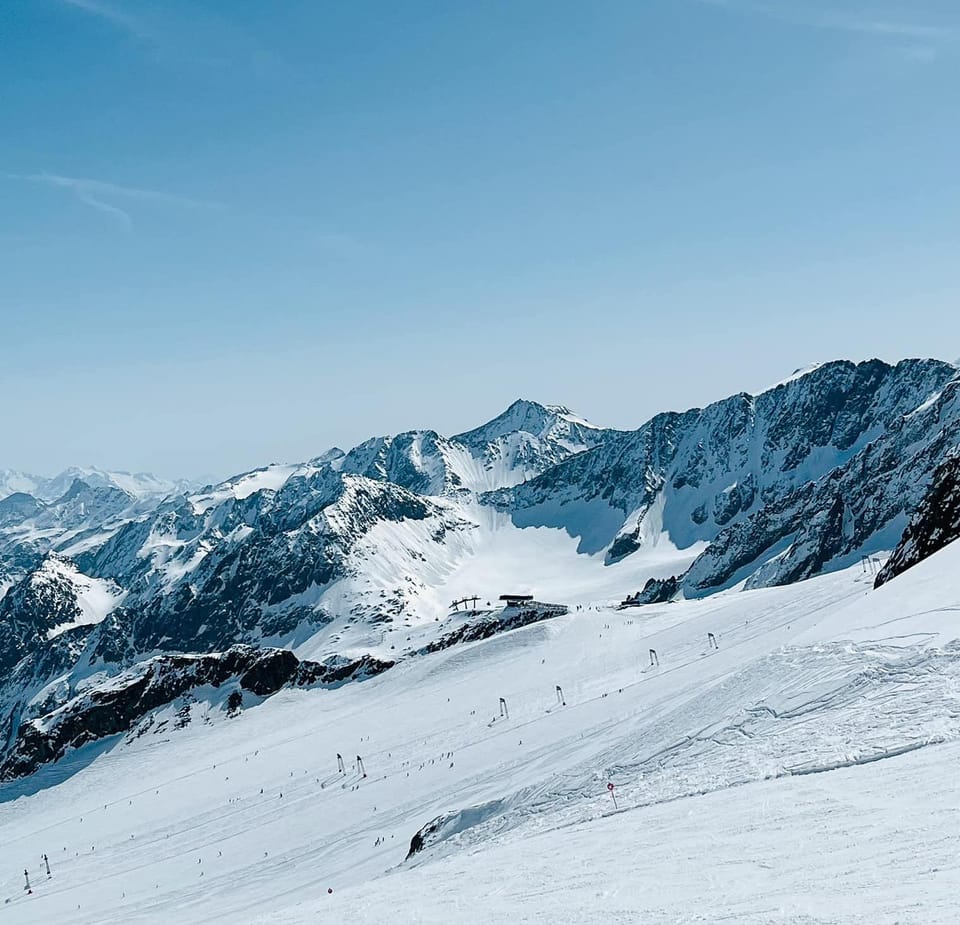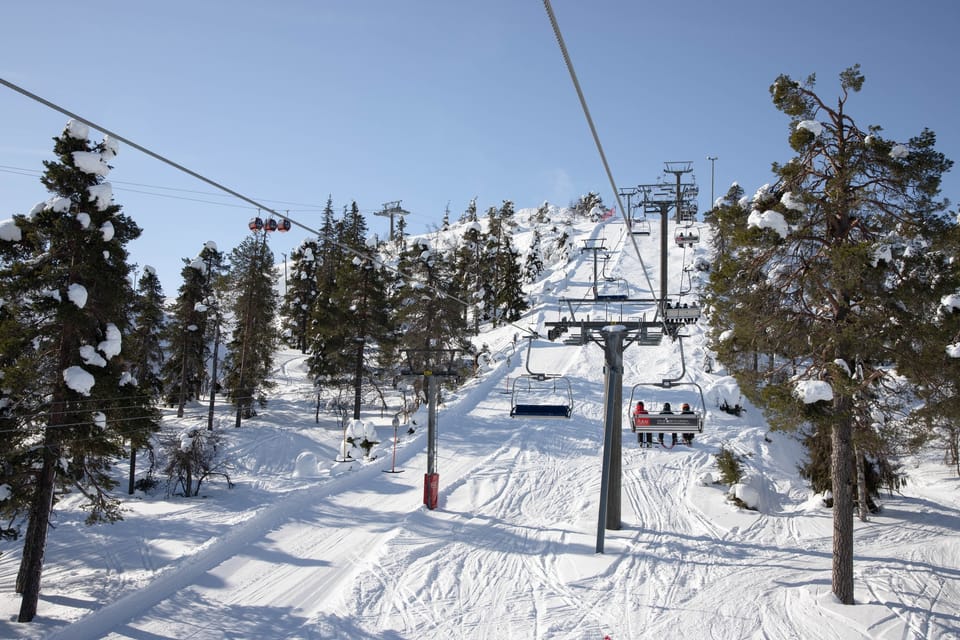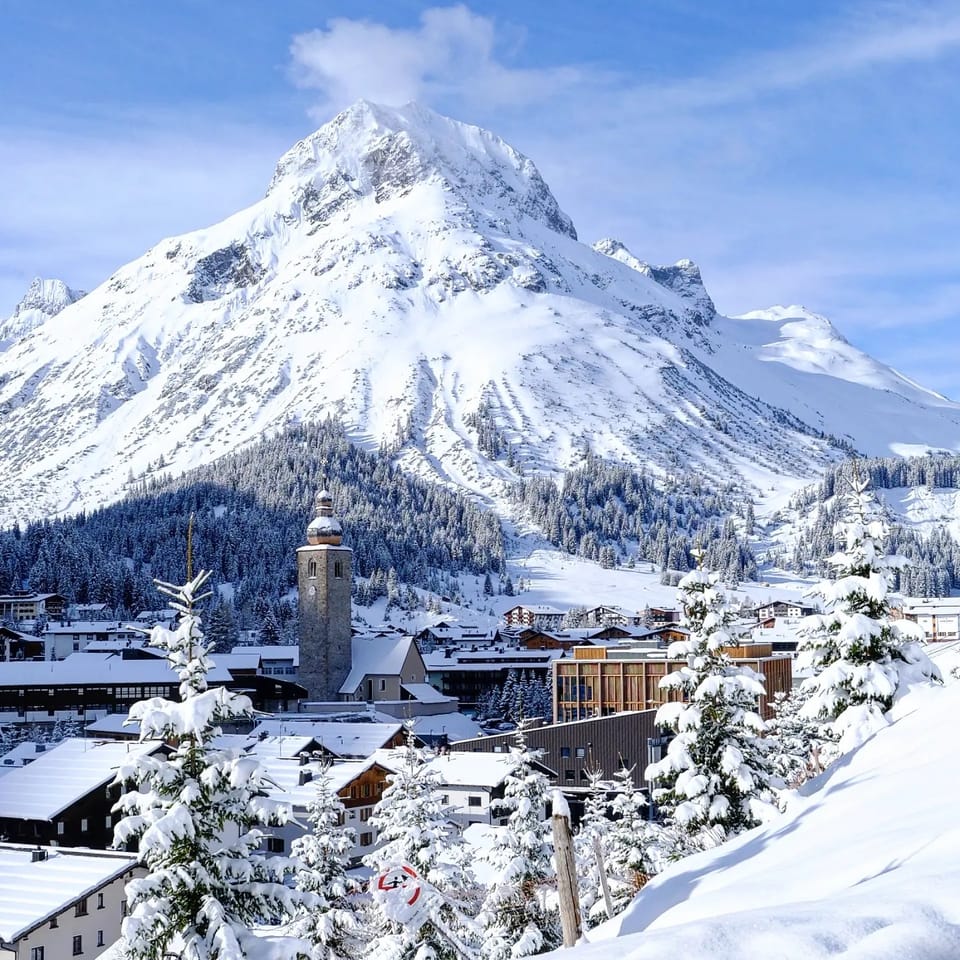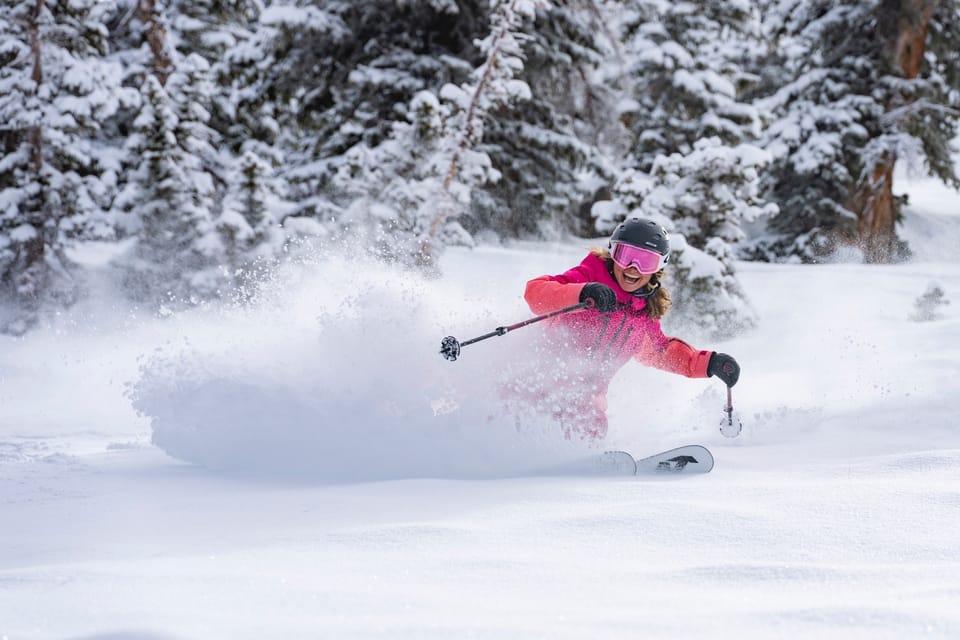US Posts 5th Best Season on Record For "Pandemic Winter" 20-21

The National Ski Areas Association (NSAA) in the US has announced that skier visit numbers to the country’s ski areas last winter totalled 59 million for the 2020-21 “pandemic” ski season, the fifth best season on record since the group began making an annual study of the stats in 1979.
They also found ski areas stayed open an average of 112 days compared to an average 99 days in winter 2019-20 when most areas closed early in March due to the first lockdown. Through the past winter most areas stayed open, with pandemic safety measures in place. More skiers chose to ski at local slopes and midweek compared to a ‘normal’ winter.
“What a year it has been. From utter uncertainty to a top 10 season in terms of participation – it shows the wide spectrum that our industry bridged this year,” said Kelly Pawlak, NSAA President and CEO. “We are proud of the collaborative adoption of COVID-19 best practices that all ski areas implemented and diligently followed from opening to closing day. Americans yearned for safe outdoor recreation, and ski areas across the country delivered.”
“We are very appreciative of the support and cooperation of our customers, and the tenacious and diligent work of our staff, the combination of which resulted in a successful season,” Pawlak added.
Small and medium-sized ski areas (defined by lift capacity) performed well this winter, with more guests choosing to stay close to home for ski trips, and increased local demand for outdoor recreation in general. Many found they could still operate within pandemic capacity limits, but welcomer more guests than usual. Many skiers chose to ski local rather than fly to destination resorts.
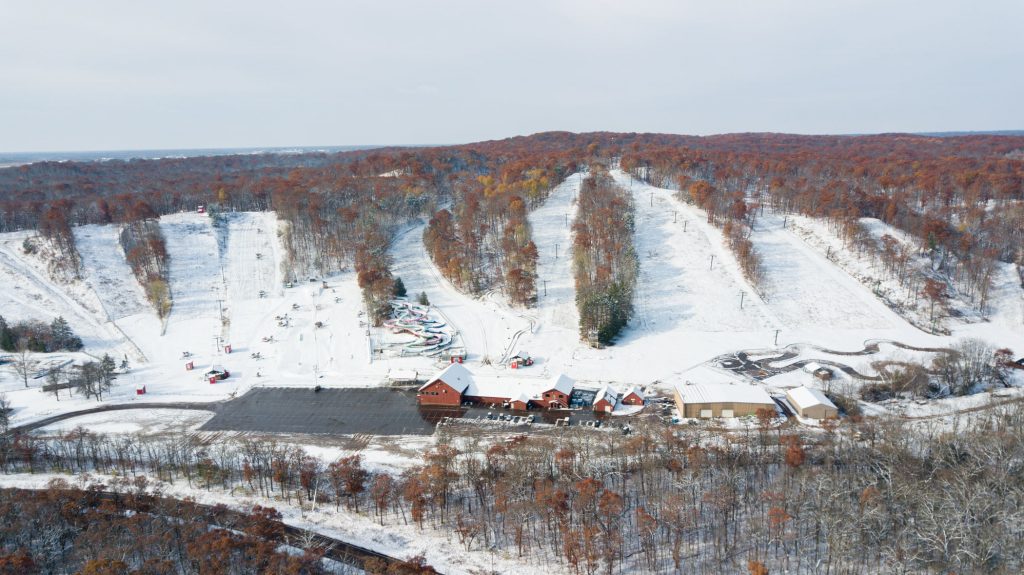
The pandemic affected both ski areas operations and guest behaviour. Among responding ski areas, the most common COVID-19 adjustments were skier capacity limits (both indoor and on-mountain), advance purchase or reservation requirements for both lift access and rental equipment, and changes to or elimination of group lessons. Despite these challenges, 78% of ski area operators said this season exceeded their expectations.
“People had to change their habits during the pandemic, and ski areas were no different,” Pawlak said. “We tried new things and quickly learned that not only did they function as planned but many of these ‘work arounds’ improved the experience for our guests and staff members. Ski area operators will use this experience to continue trying new techniques and technology.”
These new technologies included online reservation systems and updated ecommerce solutions as many ski areas required advance purchase of lift tickets to ensure compliance with local capacity restrictions. This resulted in the decline of window ticket sales from 46% in 2019-20 to 17% in 2020-21. As expected, the percentage of visits from season pass holders rose to 51% from 45% in the previous season.
In previous seasons, guests skied most often on weekends and holidays, making it a consistent challenge to fill the slopes midweek. This past season, weekday visitation was responsible for 48% of total visits, a 27% increase from the previous season. Capacity restrictions, remote work and school flexibility allowed for more skiers and riders to visit ski areas midweek.
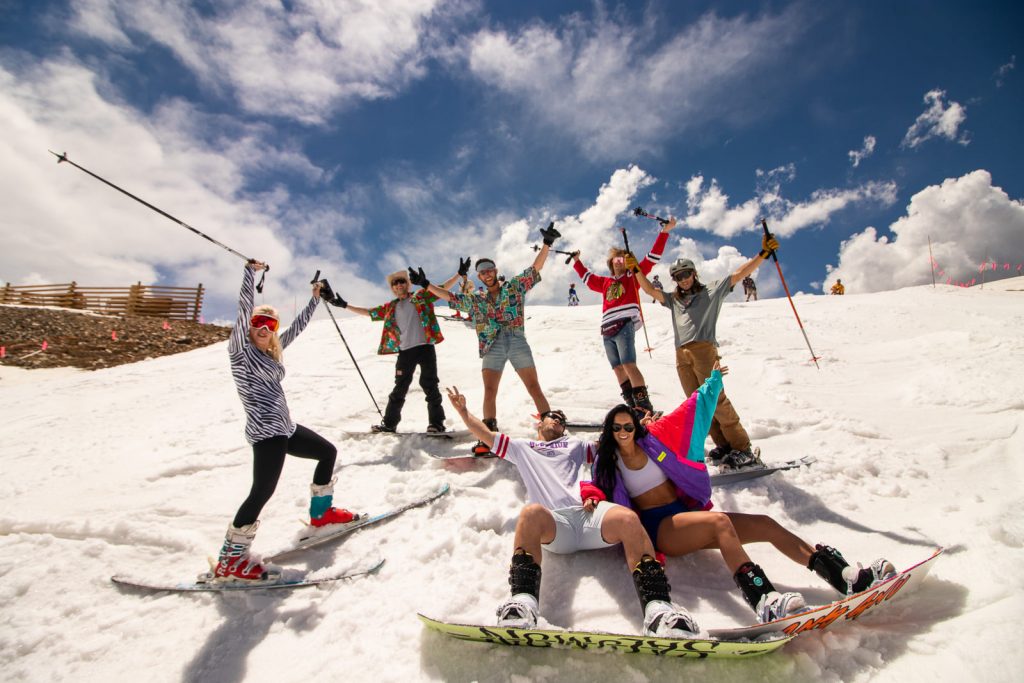
The implementation of public health best practices kept guests, staff and communities safe, but also posed challenges for the industry. Lessons decreased in number by 30%, owing to the prohibition of group lessons which are traditionally popular. Conversely, participation in a solo activity like snowtubing – which can be enjoyed by a group, but in your own tube distant from others – doubled.
These same public health practices led to the cancellation of large-scale events and imposed severe limitations on dining service. As a result, it is expected that revenues in these ancillary lines of business will be down in 2020-21; that data is still being analyzed. However, ski areas adapted to these changes with 41% implementing online ordering for food and beverage outlets.
Like many industries, ski areas struggled to find workers this season. Sixty percent of responding ski areas stated that they were not fully staffed this winter. The pause on several international worker visa programs to the US was a contributing factor; the average ski area was short 55 employees, half of whom would have come on an international work visa.
(Pictured top, Squaw Valley)

